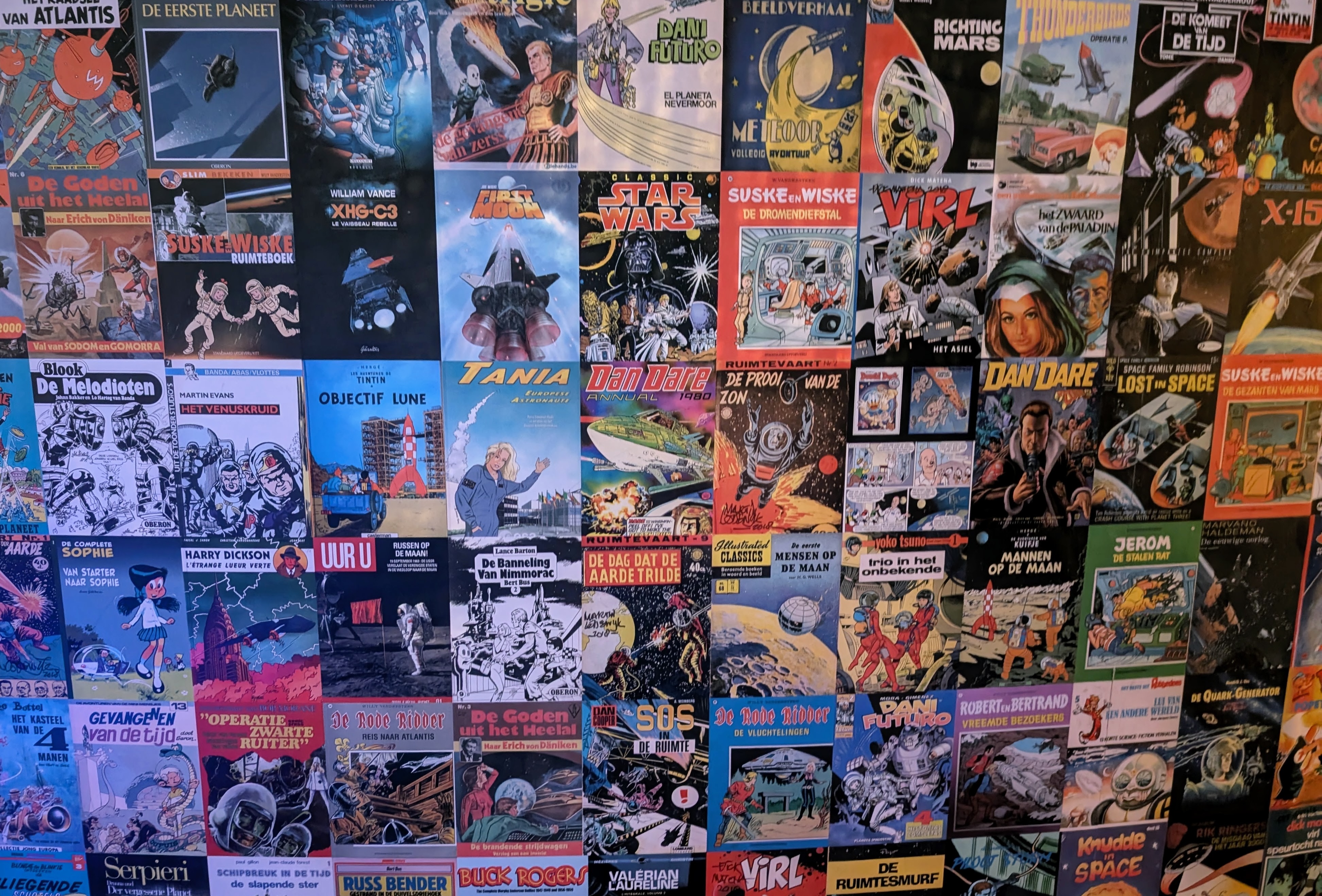I. The Texture of Language
Language is often treated as a vessel that carries thoughts unchanged from one mind to another. But this view misses something fundamental. Language is less like a pipeline and more like a lens, actively shaping and refracting the ideas that pass through it. Understanding this distinction is crucial as we navigate an era where artificial intelligence increasingly mirrors our own linguistic patterns.
When two people describe the same event in different languages, they don’t simply use different words, they construct subtly different realities. This happens because language influences not just how we express ideas, but how those ideas form in the first place. Each language encodes different defaults about what must be said, what can remain implicit, and what is considered obvious. These structural differences shape cognition itself. Even languages with similar grammar diverge in their underlying assumptions. What one language treats as essential information, another considers redundant. What one foregrounds, another backgrounds. These aren’t mere translation challenges, they’re windows into fundamentally different ways of organizing thought.
Human communication operates through multiple channels simultaneously. A single utterance draws on syntax and semantics, yes, but also on tone, gesture, shared history, and cultural frames of reference. These elements rarely translate cleanly across linguistic boundaries, which is why even sophisticated translation remains an interpretive art rather than a mechanical process. At its core, language functions as a cognitive operating system. It compresses complex thoughts into manageable forms, enables analogies to bridge disparate domains, and allows patterns to persist in memory long after their original context fades. This compression isn’t neutral, it actively shapes what we notice, how we reason, and what we can imagine.

Analogy plays a particularly crucial role in this system. Just as a well-chosen metaphor can illuminate a complex concept instantly, analogical reasoning allows minds to repurpose existing cognitive structures for new problems. Language serves as the medium that makes these analogies transmissible carrying them across individuals, cultures, and now, artificial systems. The visual dimension amplifies this process. Diagrams, sketches, and even the spatial arrangement of text can fundamentally alter understanding. The same concept presented as dense prose versus elegant visualization often feels like encountering two entirely different ideas. Effective visualization doesn’t merely display information; it reshapes how that information can be reasoned about.
These insights take on new urgency in the age of LLMs. These systems don’t understand in the human sense, but they do something remarkable: they mirror our linguistic fingerprints with startling accuracy. In learning our words, they absorb our metaphors, our biases, and our characteristic ways of framing problems. They inherit our cognitive habits along with our vocabulary. This presents both opportunity and responsibility. If we treat language merely as symbol sequences to be processed, we miss its deeper function as the infrastructure of thought itself. The visual, analogical, and cross-linguistic dimensions of language aren’t peripheral features. These are core extensions of human cognition that artificial systems must grapple with.
The next breakthroughs in both human understanding and artificial intelligence may require us to stop thinking of language as a communication channel and start treating it as a cognitive landscape that can be navigated, mapped, and reshaped. This landscape has texture, hills of metaphor, valleys of ambiguity, rivers of cultural meaning that flow between concepts. The better we understand this terrain, the more effectively we can chart paths to new forms of reasoning. Whether human or artificial, intelligence emerges not from processing language, but from learning to move through it with purpose and precision.
This raises a more intriguing possibility about intelligence itself: if language shapes what we can think, does it also limit what we can discover? There’s an old intuition that you can’t truly understand something until you can name it, but what if the reverse is equally true? What if the boundaries of our language quietly become the boundaries of what we’re able to explore, build, or even recognize as problems worth solving?
Author’s Note: This series is the result of a continuous inspiration by the works of Douglas Hofstadter and Edward Tufte.